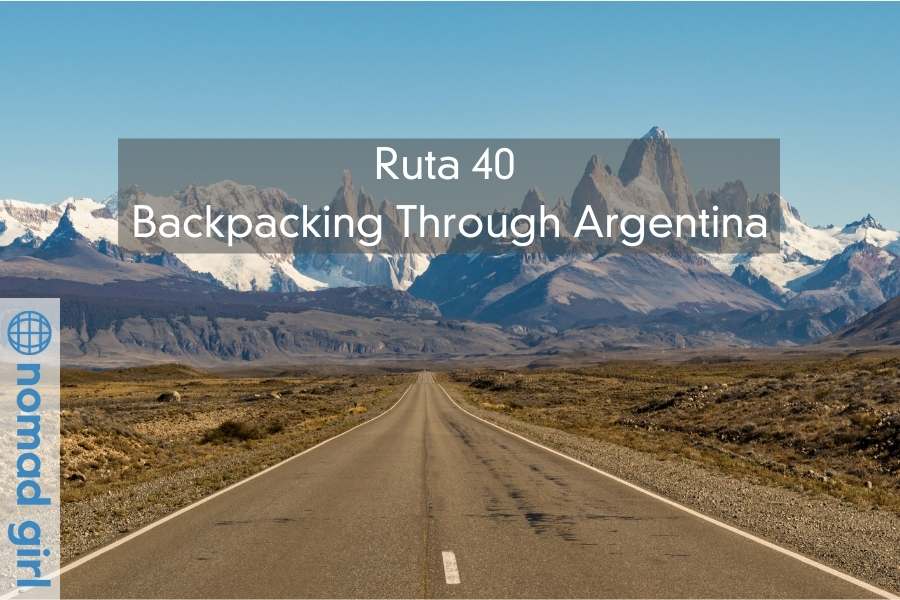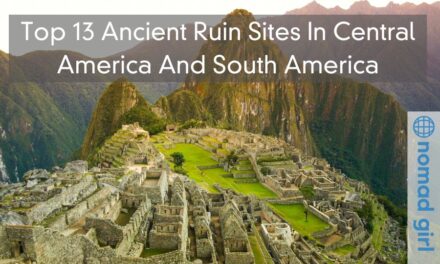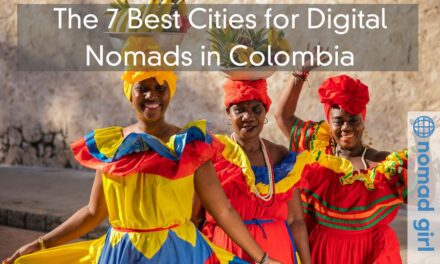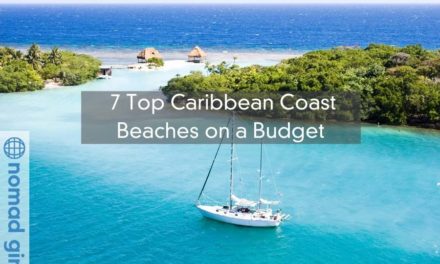Prepare yourself to see the reflection of the Earth’s magnitude along the thousands of kilometres and the diversity of landscapes that are waiting for you in this magical road to heaven. This is Ruta 40, the route 66 equivalent of Argentina.
Going side by side with the infinite Cordillera de Los Andes, the spine of the planet which goes from pole to pole, crossing the breath-taking Patagonia, through the wine lands of the West, up to the native wonders of the North. The immensity of the scenery that will be provided to you by Argentina, would be worthy of the hospitality of the people that you are going to meet along the road.
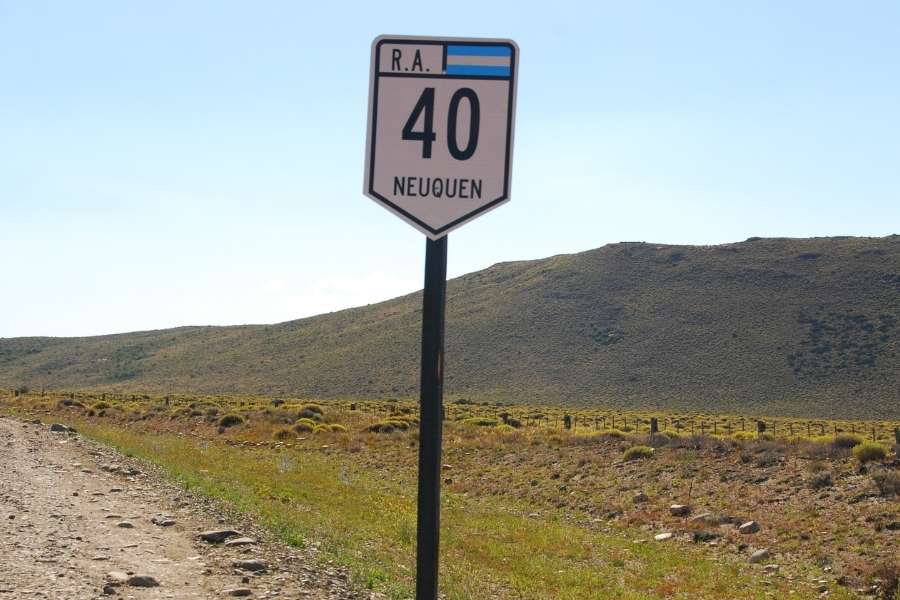
The exquisite fresh air of the tallest mountain peaks will make you forget the brown and dusty air of the big cities. One of the most fascinating adventures around this beautiful continent. Starting at Cabo Virgenes, the southern point of the continental lands of America, reaching the Northern province of Jujuy, ending at the city of La Quiaca.
Ruta 40 goes through 11 provinces and has a total length of 5194 km. In the northern areas, it becomes one of the highest roads in the world after the Himalayas roads.
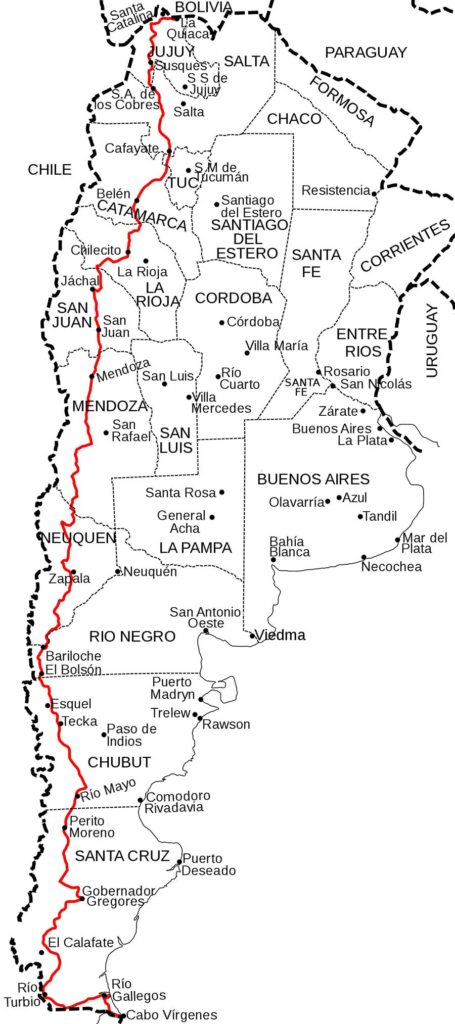
Travelling Latin America is a common dream for those who have never been on this continent of passion and heat, transmitted from every single corner of this region. At the same time, it’s also one of the more difficult continents to travel due to the constant conflicts towards, price instability and security.
I find that the big cities are the most expensive and insecure. In this article, I will encourage you to do a trip along Ruta 40 in Argentina which avoids the big cities. I’ll start from the cold southern regions, and finish at the doors of Argentina’s brothers at the North.
There are many towns and cities along the route, many won’t even appear on the tourist or history books, but as a lover of this road, having done thousands of kilometres of it, I will give the tips of the most outstanding corners of this stairway to heaven.
Transportation, Safety and Money
Let’s start with how you are going to move around this wonderful place. Argentina is an expensive country to travel to, so for those who already had the chance of travelling around Asia, this will not with the same budget. Your main transport will be the buses, as they are cheaper than planes and getting a car or motorbike is extremely expensive.
Hitchhiking is one traditional way of travelling as well, in my opinion, in regions like Patagonia or the North West it’s possible to be in a group. I wouldn’t recommend it if you are alone and even less (and I’m sad to say this) if you are a woman, especially in the North, close to the dangerous borders with Bolivia and Paraguay.

Also with regards to safety, it’s important to stay alert at night and always look after your belongings all day long. Lucky for you, you’ll be crossing through the most touristic and beautiful places in Argentina, the safety that the backpacking and travellers community provides is huge.
Money will depend on each individual way of spending, Patagonia will be an expensive region for you to cross where hostels might reach the 10 to 15 dollars per night for a dorm bed. It’s possible to do this road on a small budget, but you’ll have to control yourself with the shopping or the nightlife of this country, which are both well-known to be great distractions.
Patagonia
Cabo Virgenes should be your first town. This is where you want to start your Ruta 40 bucket list. your experience at the southern point of America’s continent, well, be my guest and enjoy this coastal town at the mouth of the Gallegos River.
Your transportation will probably leave you at Rio Gallegos city, province capital of Santa Cruz. Rolling up North, you’ll find the first big attraction, for this you’ll have to leave the road for a couple of kilometres, but believe me, you’ll not regret it. The city of El Calafate and its entrance to Los Glaciares National Park, where you can find the majestic Perito Moreno.

This astonishing ice formation is 250 square km large making it the third biggest freshwater reserve in the world. You’ll also want to spend some nights in the city not only for visiting this natural piece of art, but also to see the wonders of the first lakes you are going to have on your trips such as Viedma or Cardiel.
After your first stay, you’ll be heading to Chubut Province, to the touristic city of Esquel, known for its mountain sports such as skiing or tracking among the wooden city. Before entering Rio Negro Province, be sure you stop by Puelo Lake as this is one of the most charming sceneries that I can recall.
Next to this attraction, you’ll find the “hippie” town of El Bolson, known for the variety of artists which inhabits here. Don’t feel guilty if your shopping needs pop out in your head and please, take a taste of the wonderful local beer made here, in the bowels of the misty mountains.
About 150 km away the famous city of San Carlos de Bariloche will be waiting for you. One of the wealthiest cities of the South, it will be the start of land with a huge influence from Europe. The perfection on the roads, huge residences and the city itself will allow you to feel from time to time that you are on a Swiss highway.
Skiing, snowboarding, kayaking or any kind of adventure can be found here. Prepare your wallets, ladies and gentleman, because this part of the trip will be one of the most expensive ones.
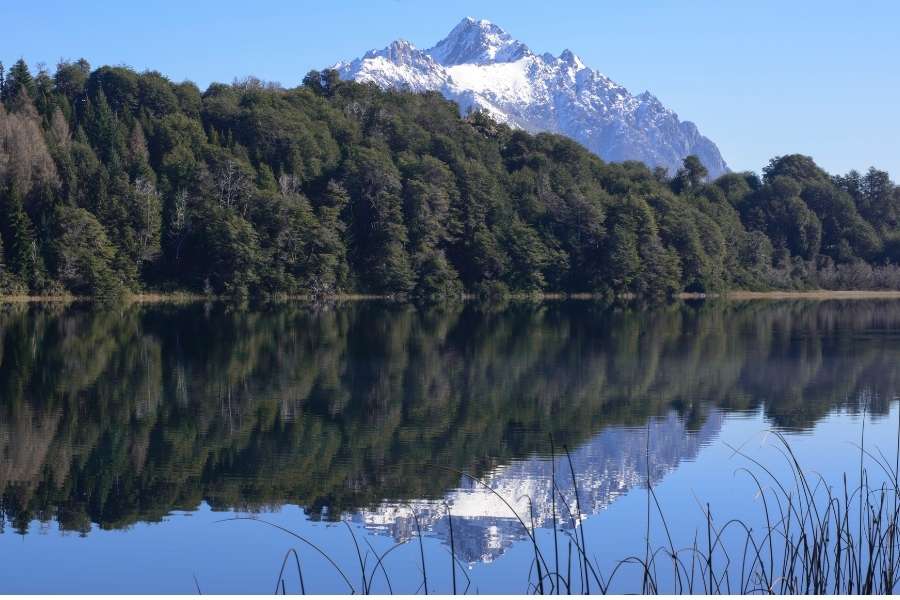
Right in front of Bariloche, just beyond the glorious Nahuel Huapi Lake, you’ll be able to spot Neuquen Province and your first stay here will be the well-known town of Villa La Angostura. With typical buildings of the area, elegant and stylish as it is, this area is all about the adrenaline of winter sports combined with rafting or canoeing.
Embrace the fame of being one of the ends of the Seven Lakes route, or for your case now, it would be the starting point of it. Prepare yourself to see, in my own humble opinion some of the most beautiful kilometres that you’ll do in your life.
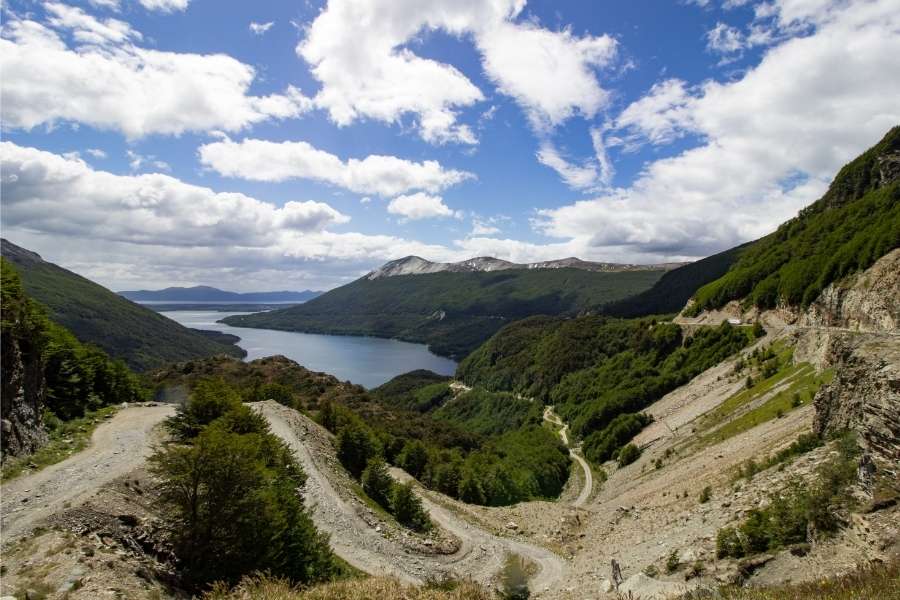
Seven Lakes route Argentina
A dangerous road with curves and more curves, sometimes facing side steep ravines, you’ll find lakes such as Correntoso Lake, Escondido Lake, etc, which will take your breath away. Especially when you see the reflections of the highest mountains on these deep and cold waters.
You’ll need to take a rest after this breathtaking region and no place better than the city of San Martin de Los Andes. This peaceful wooden district is known for winter sports or for fly fishing which is popular throughout Patagonia.
Cuyo
Entering to the west part of Argentina, already in the wine lands that go all the way up North, you’ll now be at the Province of Mendoza. Through your way to Las Leñas (a touristic centre out of the road but worthy to see for its sports), you’ll find attractions such as the dry forest or the witches caves.
You’ll be heading to the state capital Mendoza City, which generally I don’t recommend to stay more than one night as it won’t be the same quality of landscape as the ones you were experiencing until this point. Another reason is that you’ll be crossing to San Juan Province and its well-known Wine Route.
Lucky for you, you’ll be able to see the charm of the local cellars and even get to taste part of the best wines Argentina has to offer. You’ll be travelling through the Tulum Valley but the road feeling will go away from some parts as in this area will become a four-lane highway until reaching the state capital. Here you will find some of the fanciest downtown streets covered by trees as it is common in this city.
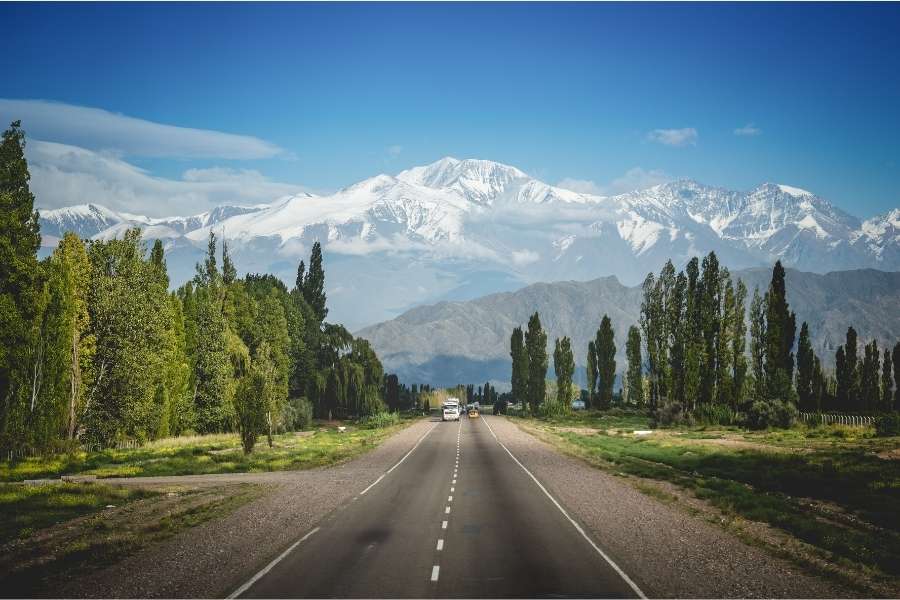
North West Region
This region, best known as NOA (Noroeste Argentino by its syllables in Spanish), became one of the most attractive destinations for backpackers in the last decades. Becoming cheaper as further from the Patagonia you get, towns and cities well preserved as the memory of its local history.
After extended mining areas at the beginning of the La Rioja Province which are not very attractive, you’ll find yourself among the famous “sierras” or mountain ranges. It’s not common to hear too many recommendations of this or the next province, Catamarca. In this one, you’ll be able to find on the road the first establishment, which goes back all the way to the year 1558 and is one of the oldest towns of Argentina.
Leaving your original and mystic road for some distance, you’ll find the entrance to the Antofagasta de la Sierra, where driving on off-road tracks is a very common attraction for adrenaline junkies and cars lovers. Here you’ll be able to see the Calchaquies Valley, one of the most beautiful and cultural regions around Argentina, the scenery of many local battles.
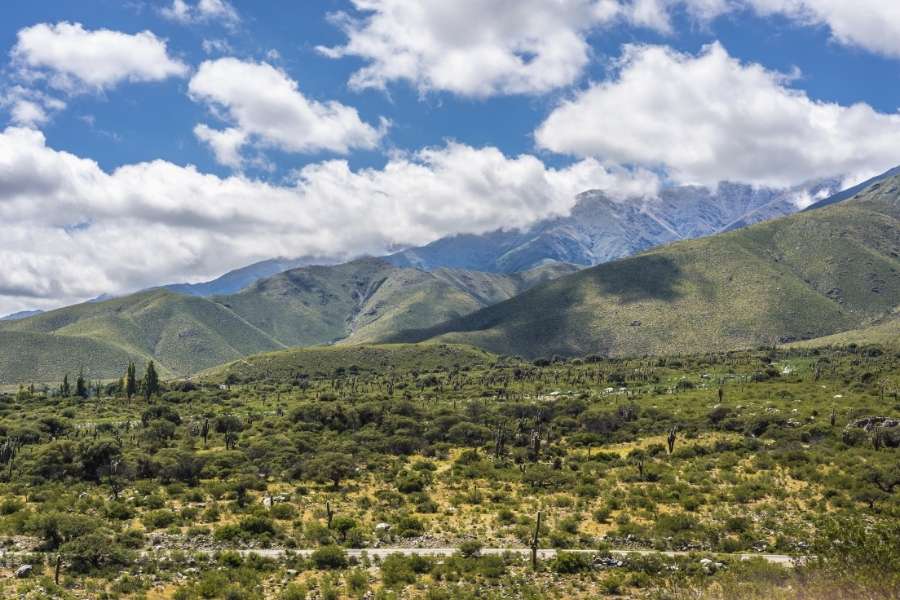
Calchaquies Valley
Already in the Tucuman Province, one of the most traditional provinces of the country, you’ll be able to experience the appealing difference of the landscapes on your view. Tafi del Valle is well-known as the connection of the high mountain peaks of the West with the plain lands of the East.
Next, you will be heading up to the final two provinces of the Ruta 40. The marvellous Salta Province will take your breath away with the first district that is going to come on your way, Cafayate. Known not only for its wines but also for the most curious mountains formations that reside around this area, under the name of Quebrada de las Conchas.
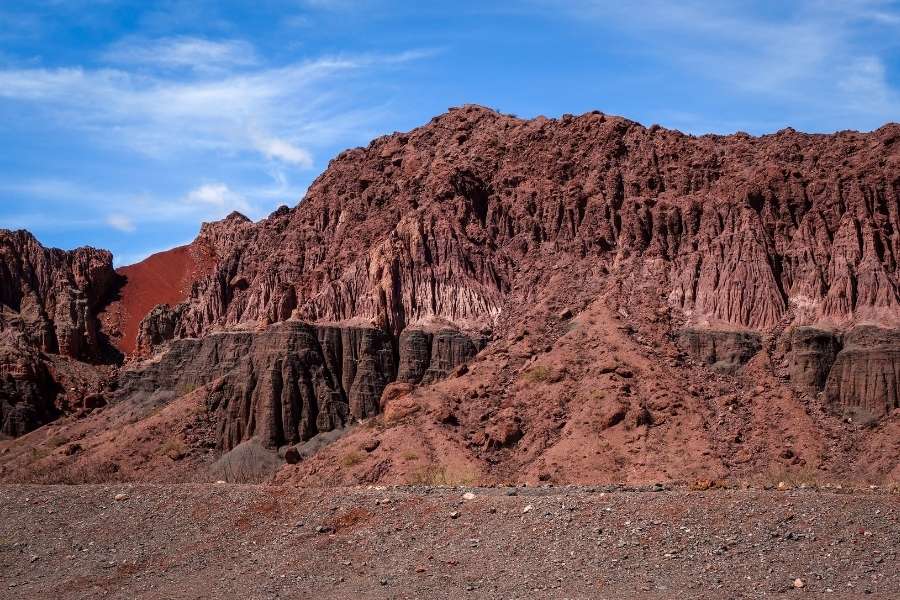
Quebrada de las Conchas
Back again on another wine route, the road will start to climb with altitudes reaching their highest point at 5061 metres. After that, you will head down to the train station San Antonio de Los Cobres, of the mythical “Tren de las Nubes” (Clouds train).
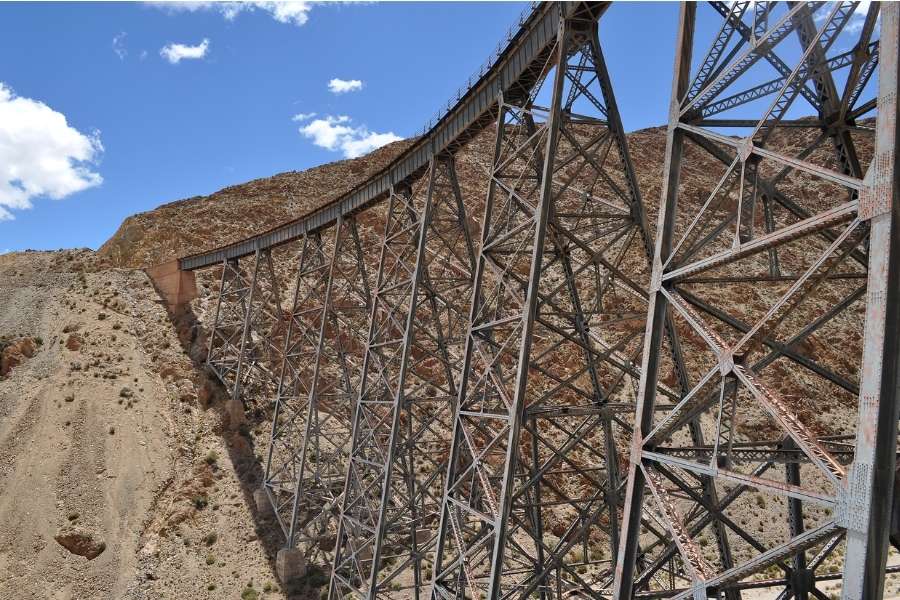
After reaching the last but not least Jujuy Province, you’ll be going through the region of La Puna. A particularly dry and arid region, which all of this part of the road will be at more than 3000 metres or above in altitude. Around this area, there are not many people, except for the town of Susques which embraces the condition of being the highest town of this republic.
Sadly we are arriving at the end of the Ruta 40 at the city of La Quiaca, with few more people than 10.000 as the population, all this part of the road through Jujuy will not have roads except for the many 4×4 tracks from other adventurers.
It’s worth mentioning that in this case as in the case of Salta Province, there are many main attractions that are not included on the kilometres of this stunning road, but you shouldn’t skip them as they are places worth of smiles such as Purmamarca or Humahuaca.
Final Word
There will be few words left for you to describe this experience once you get back home. It is a well-known fact that you will want more of it. Well, don’t worry that this historical road will be waiting for you in the future, and with even more luck, more kilometres will be paved.
There are many wonders that will be surrounding this road but not on it, so I would recommend you to look at the tourist agencies along the way for more information of what it can be near the Ruta 40. Prepare yourself for one of the mother routes of this world, showing off the legendary vibes of her sister at the North known as Route 66.


